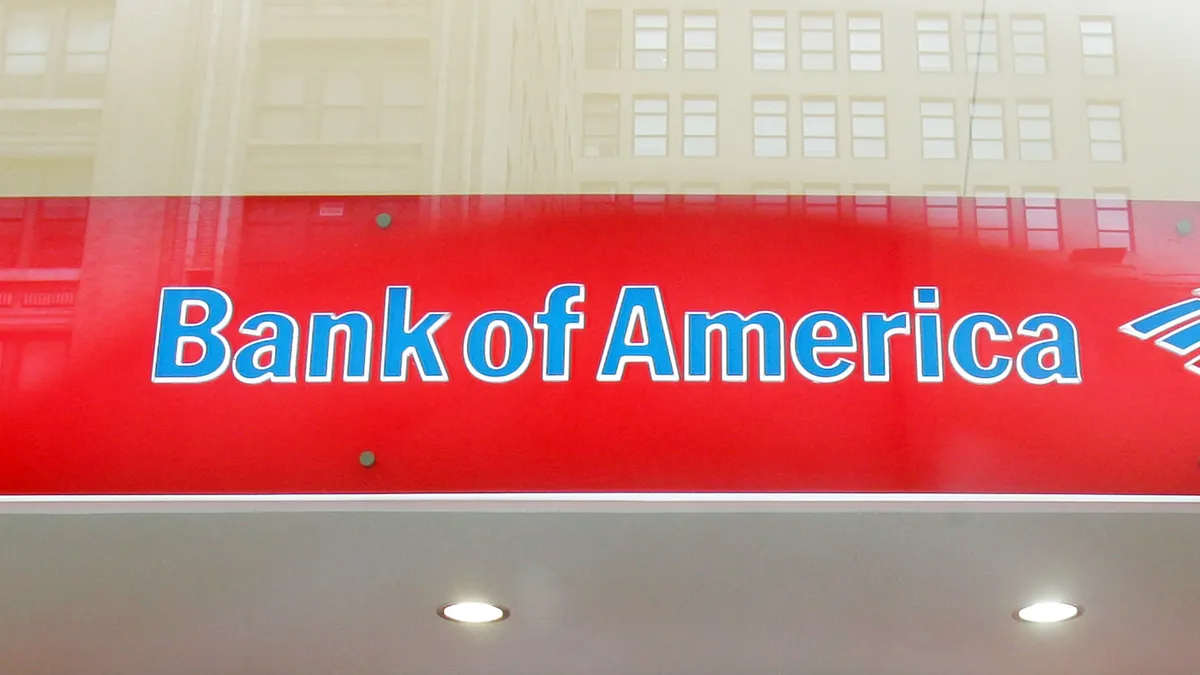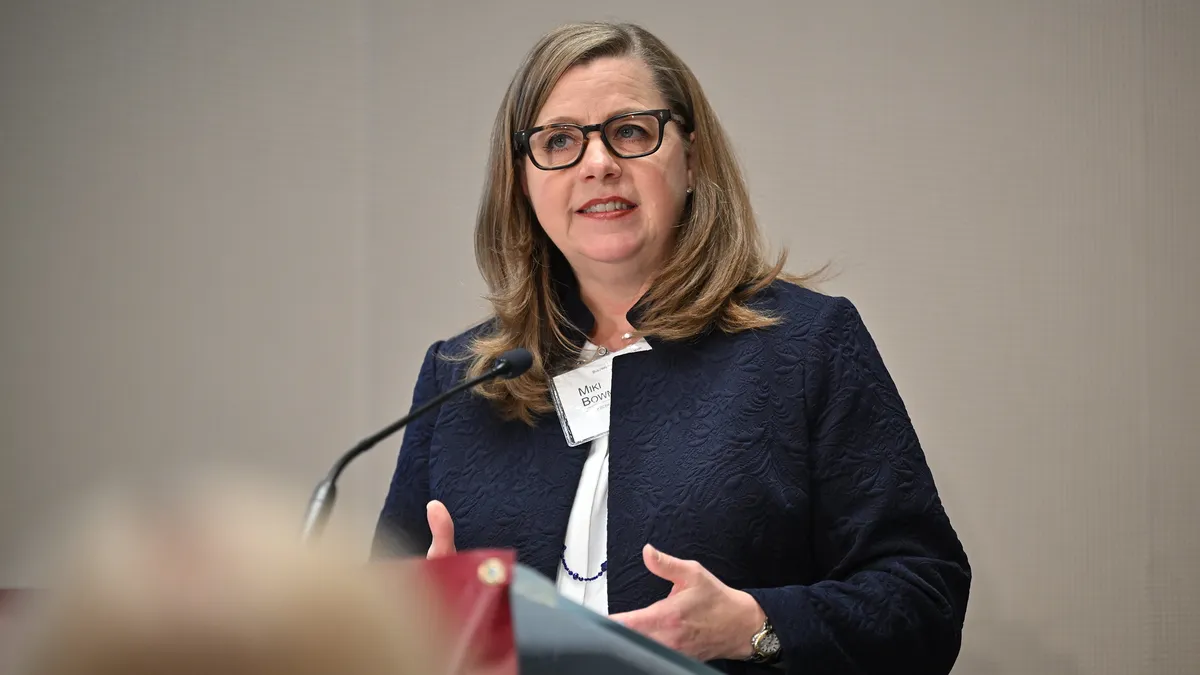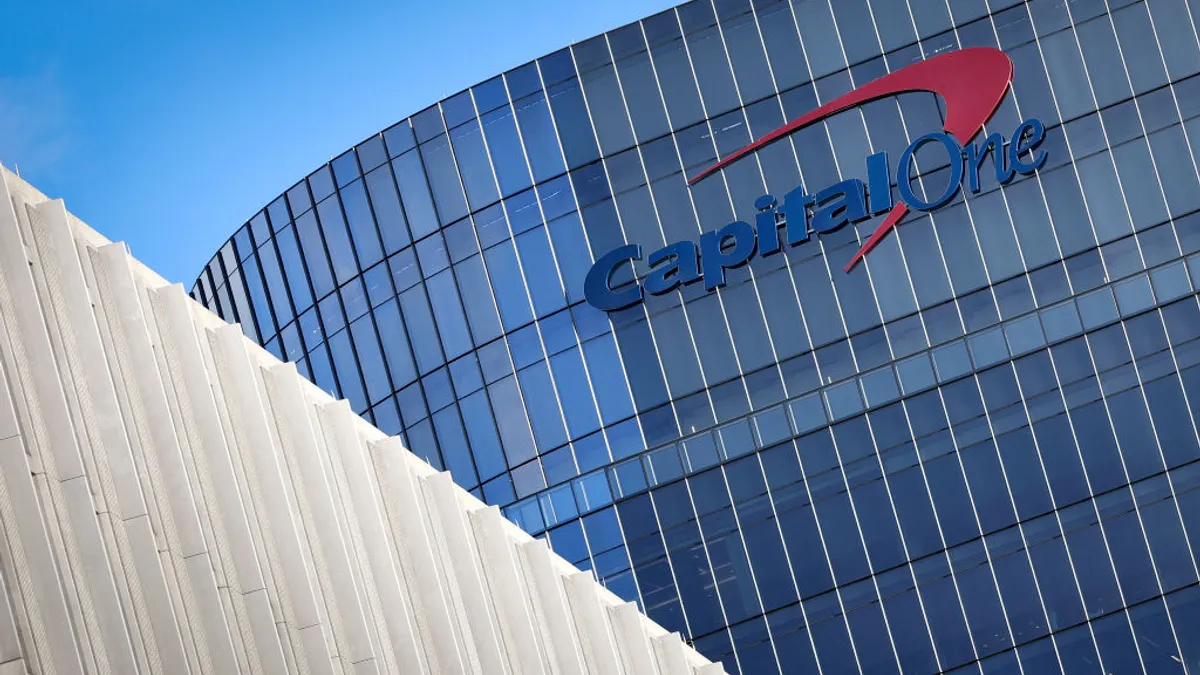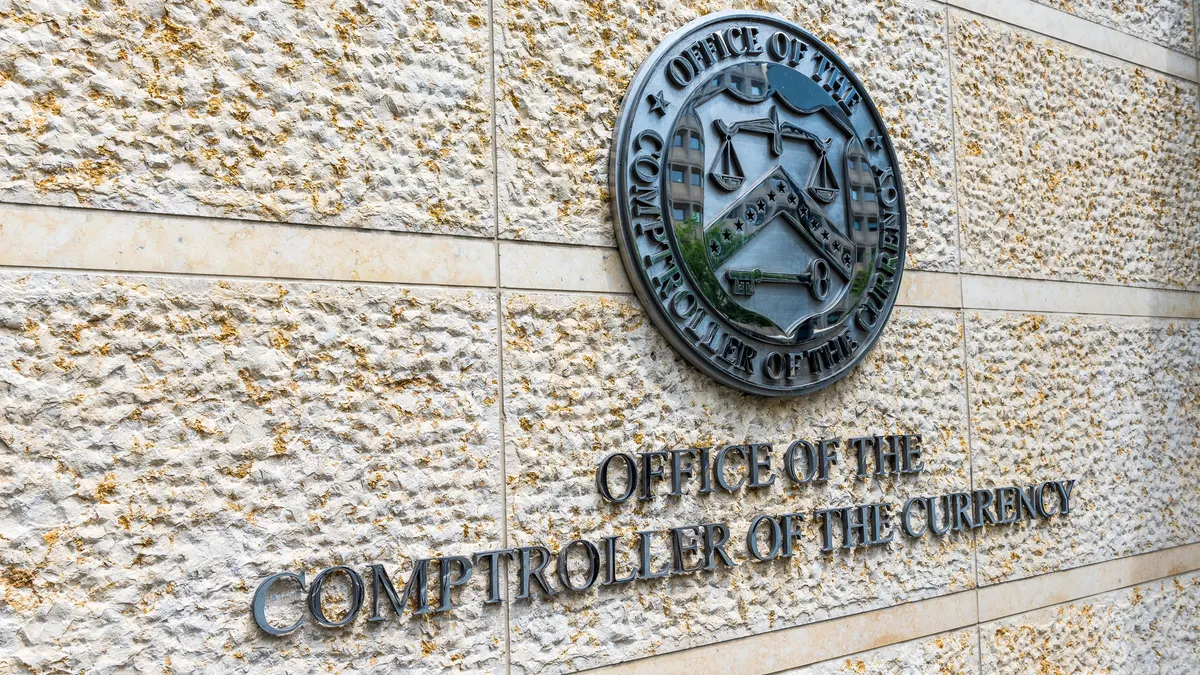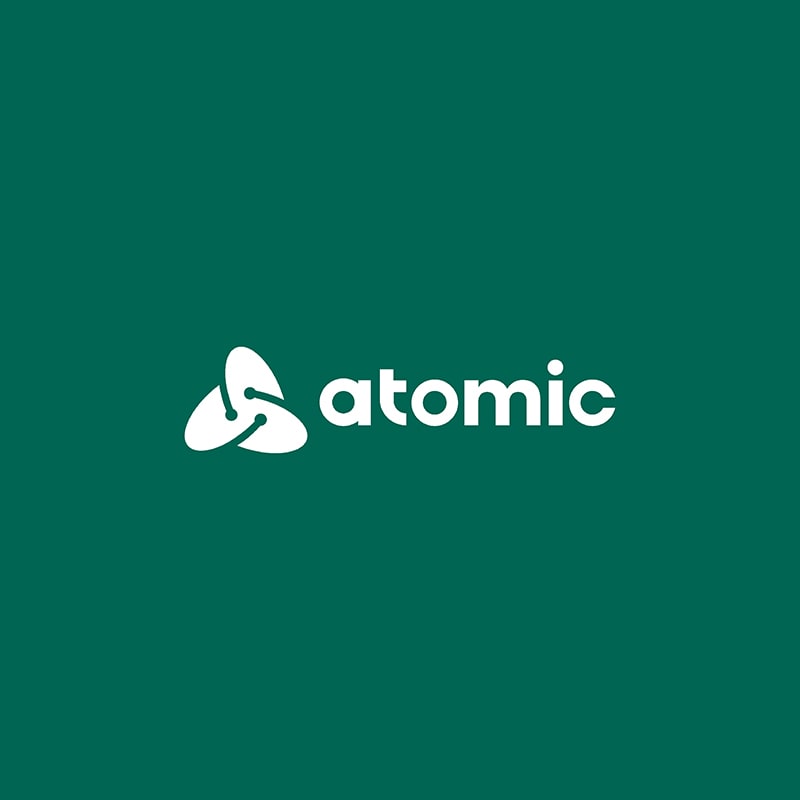As use of Bank of America’s virtual assistant Erica balloons, the bank is continually fine-tuning and feeding the tool new information to better respond to customer inquiries.
That’s according to Nikki Katz, Bank of America’s head of digital, who oversees the team that supports the bank’s mobile app and website, as well as AI-powered Erica.
Since Erica’s 2018 launch, the bank’s virtual assistant has been used more than 2 billion times, and it’s responded to 800 million inquiries from about 42 million clients, the bank said in a release last week. In light of its popularity with clients, Bank of America has sought to integrate the tool more deeply into the bank’s digital functions.
Katz declined to comment on how much the Charlotte, North Carolina-based lender has invested in Erica to date. The bank plans to spend $3.8 billion on technology initiatives this year, CEO Brian Moynihan said last October. Bank of America aims to take a thoughtful, controlled approach to AI while searching for more areas where Erica can provide benefit, Katz said Thursday during an interview.
“Services like Erica — and, in general, all of our digital experience — are a big part of why people stay once they're here,” Katz said of client satisfaction. “It is definitely a big part of retention.”
Editor’s note: This interview has been edited for clarity and brevity.
BANKING DIVE: Why do you think Erica is resonating with the bank’s customer base?
NIKKI KATZ: Erica is really almost a gateway to client servicing, connecting clients to products and services, making it easier to access those products and services, simplifying and basically connecting life and financials for them. Erica can provide a weekly snapshot of your month-to-date spending, facilitate scheduling in-person meetings, flag a recurring charge and help clients understand what they need to pay attention to, to adjust their spending patterns.
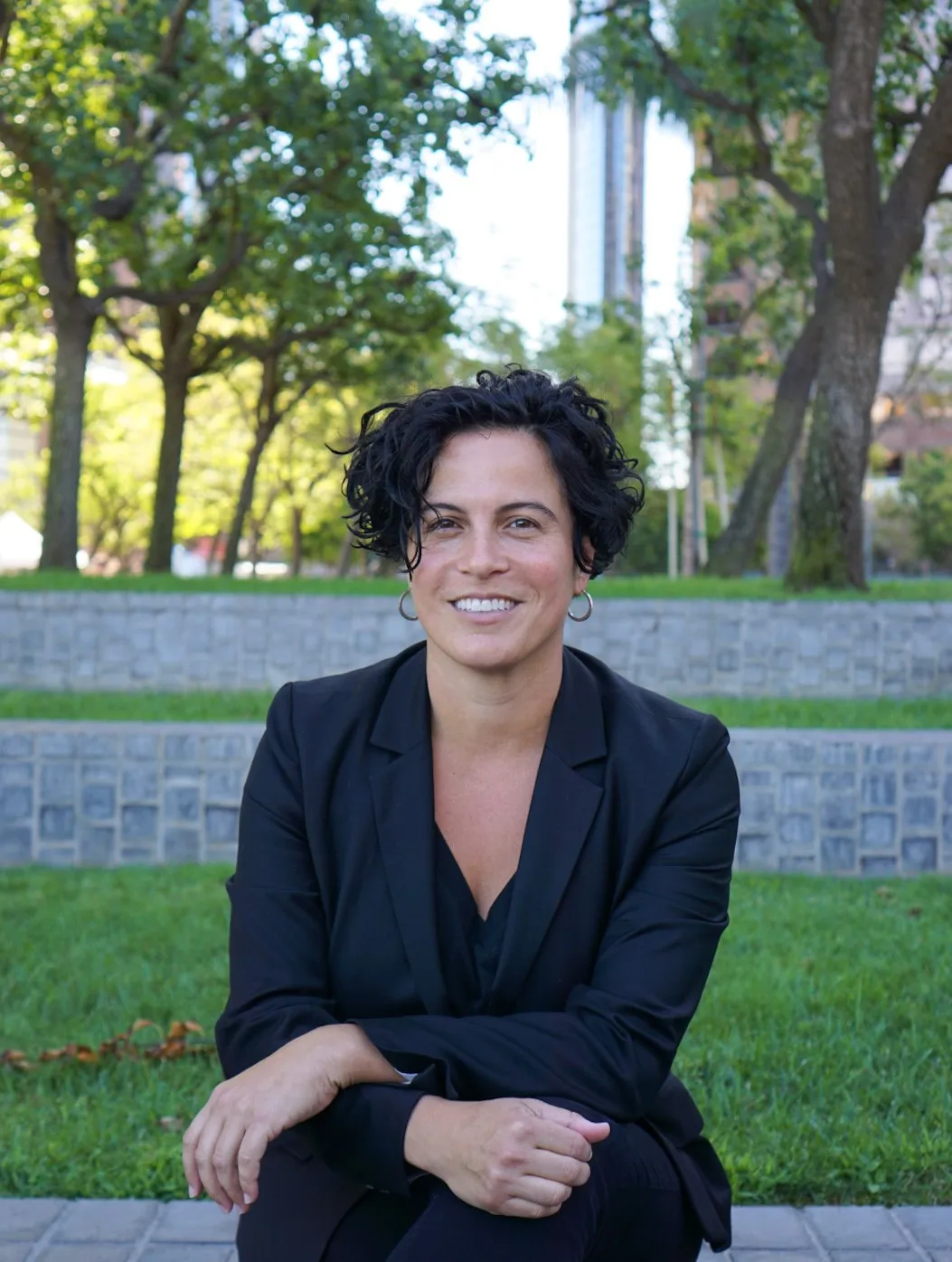
There’s two ways that clients engage: inquiring of Erica — so, asking Erica questions — and getting insights from Erica, so Erica’s going to them.
We always anticipated, when we first launched, that people would ask Erica questions, but more and more, that has shifted, and now 50% of Erica interactions are people taking advantage of those insights. That’s things like monitoring recurring subscription fees, looking at the spend path, managing and monitoring deposits, refunds. Clients are asking for their account or routing number, instead of having to root around for it. Erica searches across your account, making it easy to look for a particular transaction. People also use Erica to assist with money transfers, bill pay.
How does Bank of America blend digital and human response to client needs?
Clients are doing more and more digitally, and we want to be there for that. But in the key moments that matter, when something's truly sensitive, or where you really need that human interaction, having branches and our high-touch strategy is a differentiator. It's about striking the right balance between technology and human channels.
We did 23.4 billion interactions with our customers via digital channels last year. Well north of 90% of all of our client interactions are now flowing through digital channels. Customers are using those channels more frequently; it’s becoming a habit.
For well over 90% of interactions, digital is perfect. If a client truly prefers to talk to a human, we definitely don’t want to be in the way of that. In that moment, Erica can essentially expedite that interaction, ensuring you get into the right queue, with the right specialist.
What kind of risks do AI-powered tools like this present?
Our approach to AI is kind of controlled AI, because it has to be, in the space we’re in. There’s no room for an AI to hallucinate when dealing with personal finances. We are very thoughtful about where we apply AI. All the responses Erica produces, everything goes through really rigorous review to ensure she’s not ad-libbing. She’s not telling you something we wouldn’t stand behind.
This is an area where we have a ton of investment, we have a huge patent portfolio, we have a huge pipeline of AI-based projects we’re working on. This is an area we believe has a ton of value and opportunity for our industry, but we’re definitely going to come out on the more thoughtful side because of risk.
What else is in the bank’s pipeline of AI-based projects?
There’s a lot of applications we’re looking at, both in terms of internal efficiencies, internal tools as well as client facing. Nothing that we’re able to talk about beyond Erica right now, but it’s definitely an area of investment and investigation for us.
What’s next for Erica?
We are constantly evolving Erica, every single day. We’ve made 50,000 different tuning adjustments to Erica since it was launched, and we continue to do that.
We’re constantly looking at our natural language model, and ensuring it’s understanding what’s being said to it. During the COVID-19 pandemic, when the Paycheck Protection Program came out, all of a sudden Erica was getting all these questions around PPP. This was a new program, and there was nothing already in the system for it, so we had to really quickly adjust and improve the knowledge base so Erica knew what to do with those types of questions.
Erica was born on the consumer retail side, but once we started bringing in wealth customers and retirement, we had to train Erica on how to talk about retirement products, how to talk about wealth and what questions come with that, what clients need around those domains.
We're also expanding, so now that same data and technology is powering our CashPro Chat on the business side. You're going to see that kind of expansion of Erica and that technology across more of our businesses, capabilities. We’re looking at opportunities internally as well as client facing, to leverage that. Erica now powers the search at the top of the mobile app.



